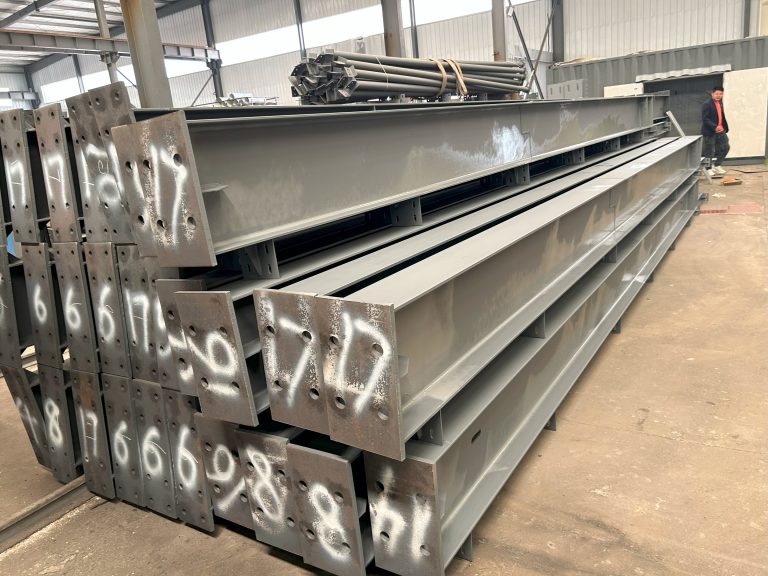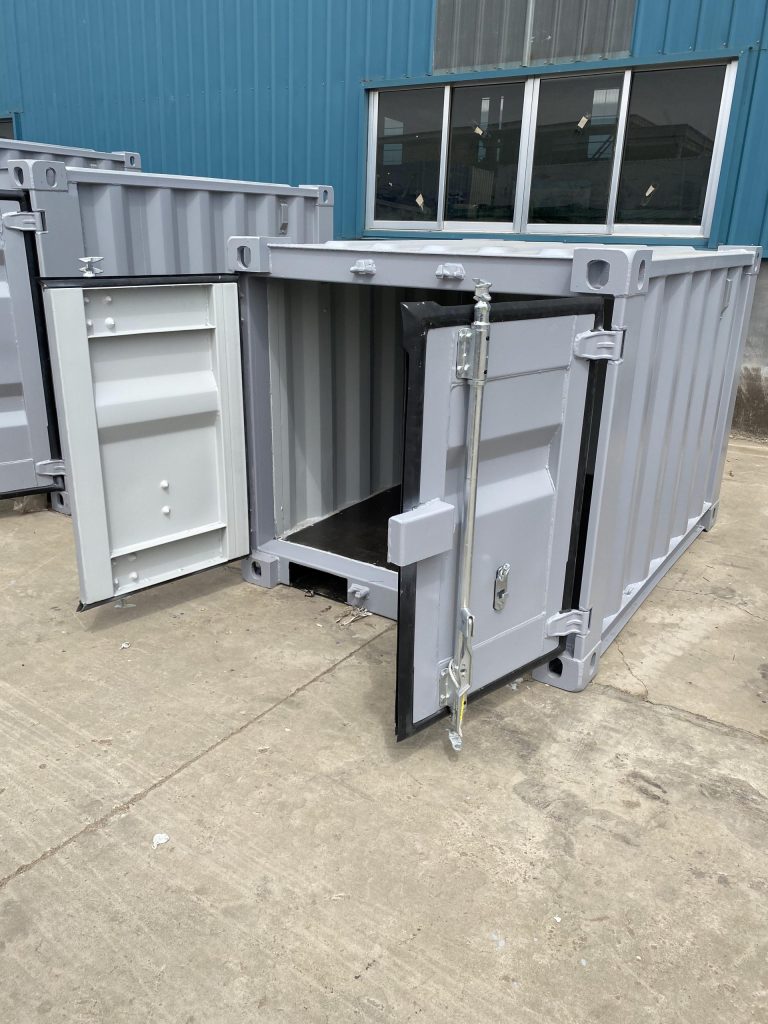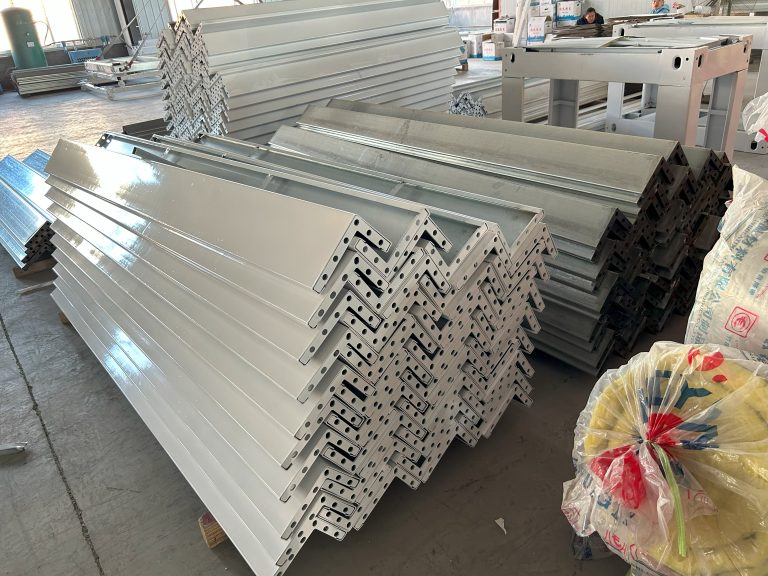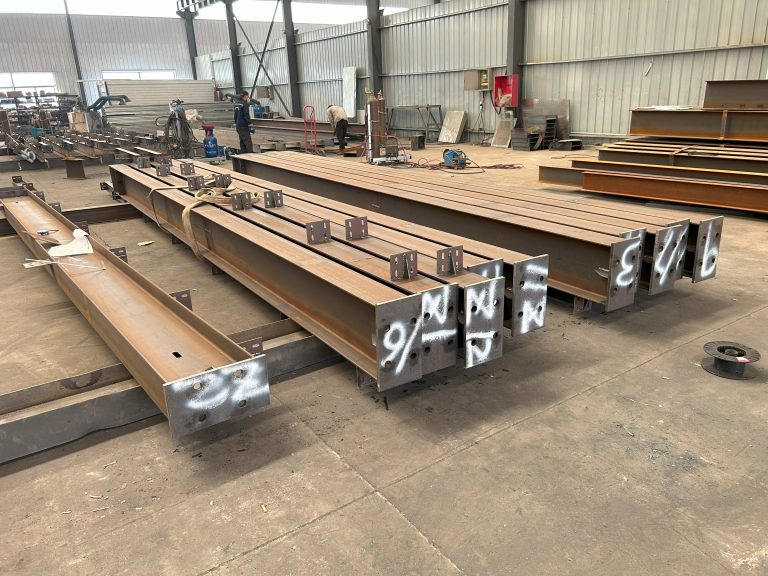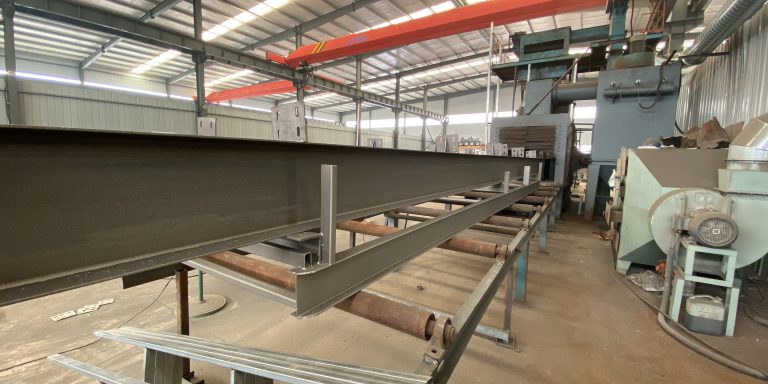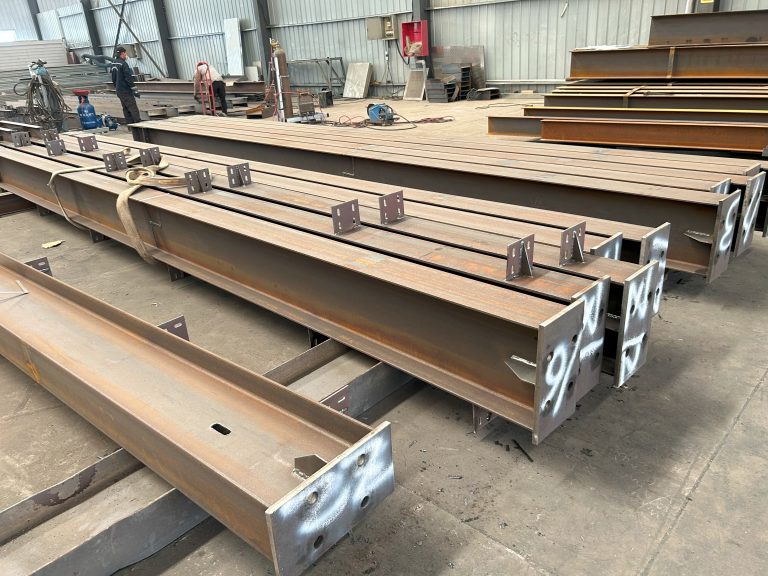Automated handling system for container house in temporary warehouse
Table of Contents
Benefits of Using an Automated Handling System for Container Houses in Temporary Warehouses
In the world of temporary warehouses, efficiency and organization are key factors in ensuring smooth operations. One way to achieve this is by implementing an automated handling system for container houses. These systems offer a range of benefits that can greatly improve the overall functionality of a temporary warehouse.
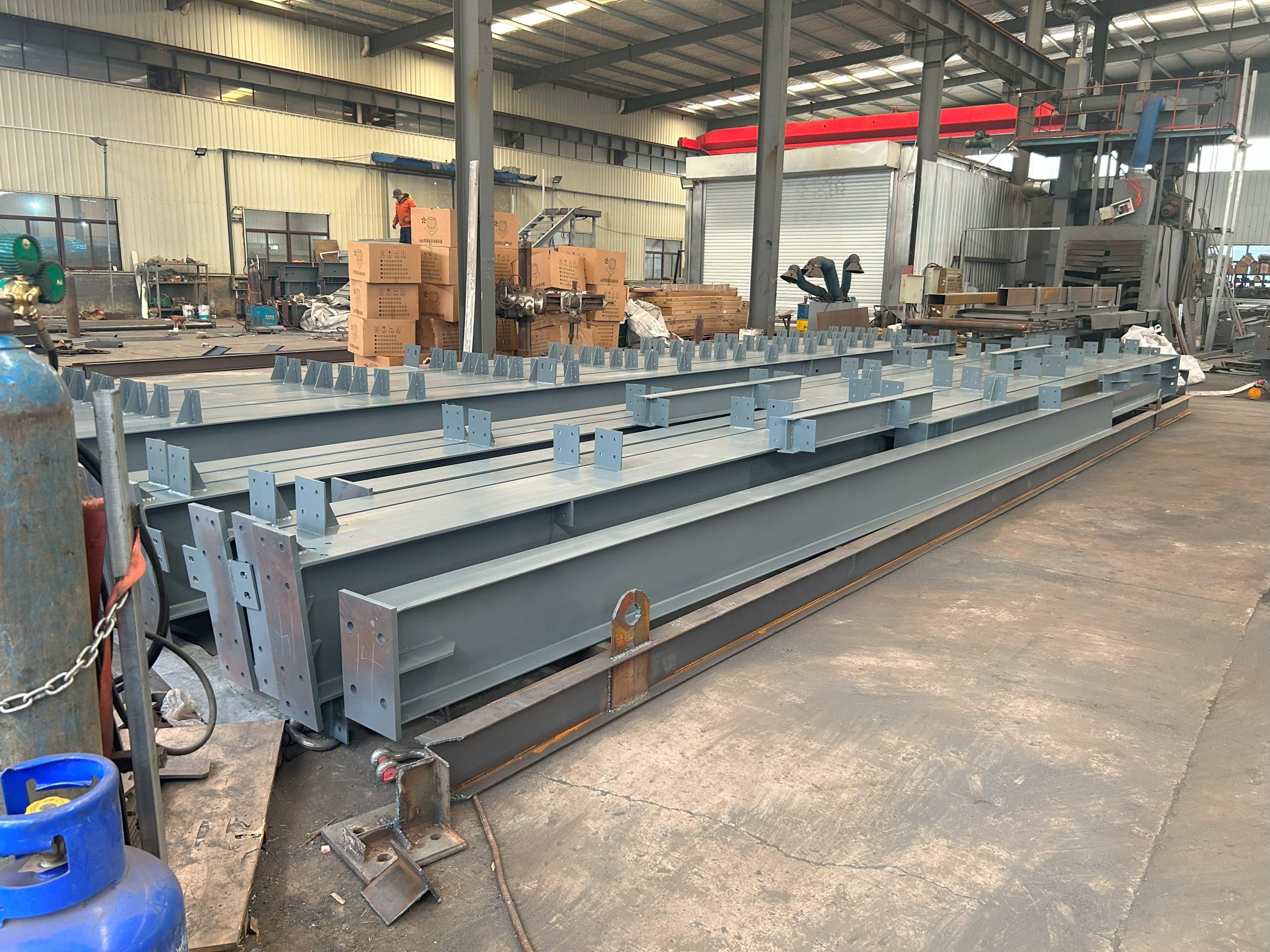
One of the main advantages of using an automated handling system is the increased speed and accuracy of operations. With automated systems in place, tasks such as loading and unloading containers can be completed much faster than if done manually. This not only saves time but also reduces the risk of errors that can occur when relying on human labor alone.
Furthermore, automated handling systems can help optimize the use of space within a temporary warehouse. By utilizing vertical storage solutions and automated retrieval systems, containers can be stacked more efficiently, maximizing the available space. This can be especially beneficial in temporary warehouses where space is often limited and needs to be used as efficiently as possible.
Another key benefit of using an automated handling system is the improved safety it provides for workers. By automating tasks that are physically demanding or potentially hazardous, such as lifting heavy containers, the risk of workplace injuries can be significantly reduced. This not only protects the well-being of employees but also helps to minimize downtime and associated costs.
In addition to safety, automated handling systems can also enhance security within a temporary warehouse. By implementing automated access control systems and surveillance technology, unauthorized access can be prevented, and valuable inventory can be better protected. This added layer of security can provide peace of mind for warehouse managers and help safeguard against theft or vandalism.
Moreover, automated handling systems can contribute to a more sustainable operation in a temporary warehouse. By optimizing energy usage and reducing waste, these systems can help minimize the environmental impact of warehouse operations. This can be achieved through the use of energy-efficient equipment, automated recycling systems, and other sustainable practices that can benefit both the environment and the bottom line.
Overall, the benefits of using an automated handling system for container houses in temporary warehouses are clear. From increased efficiency and organization to improved safety and security, these systems offer a range of advantages that can greatly enhance the functionality of a temporary warehouse. By investing in automated technology, warehouse managers can streamline operations, maximize space, and create a safer, more sustainable work environment for their employees.
How to Optimize Efficiency and Productivity with an Automated Handling System for Container Houses in Temporary Warehouses
In today’s fast-paced world, efficiency and productivity are key factors in the success of any business. This is especially true in industries that rely on temporary warehouses to store and transport goods. One such industry is the construction industry, where container houses are becoming increasingly popular for their versatility and cost-effectiveness. To optimize efficiency and productivity in temporary warehouses that handle container houses, businesses can implement an automated handling system.
An automated handling system for container houses in temporary warehouses can streamline operations, reduce labor costs, and improve overall efficiency. By automating tasks such as loading, unloading, and transporting container houses, businesses can significantly increase their productivity and output. This system can also help reduce the risk of human error and ensure that container houses are handled safely and efficiently.
One of the key benefits of an automated handling system for container houses in temporary warehouses is the ability to optimize space utilization. By using automated storage and retrieval systems, businesses can maximize the use of available space in their warehouses and reduce the need for manual labor. This can help businesses save time and money, as well as improve overall efficiency.
Another benefit of an automated handling system for container houses in temporary warehouses is the ability to improve inventory management. By using automated tracking and monitoring systems, businesses can keep track of their container houses in real-time and ensure that they are always in the right place at the right time. This can help businesses reduce the risk of lost or misplaced container houses, as well as improve overall inventory accuracy.
In addition to optimizing space utilization and improving inventory management, an automated handling system for container houses in temporary warehouses can also help businesses reduce their environmental impact. By using automated systems to handle container houses, businesses can reduce the need for manual labor and minimize the use of fossil fuels. This can help businesses reduce their carbon footprint and contribute to a more sustainable future.
Overall, an automated handling system for container houses in temporary warehouses can help businesses optimize efficiency and productivity in a variety of ways. By streamlining operations, reducing labor costs, and improving inventory management, businesses can increase their output and profitability. Additionally, by reducing their environmental impact, businesses can contribute to a more sustainable future for all.
In conclusion, businesses that handle container houses in temporary warehouses can benefit greatly from implementing an automated handling system. By optimizing space utilization, improving inventory management, and reducing their environmental impact, businesses can increase their efficiency and productivity in a variety of ways. With the right automated handling system in place, businesses can streamline their operations, reduce costs, and improve overall performance.

